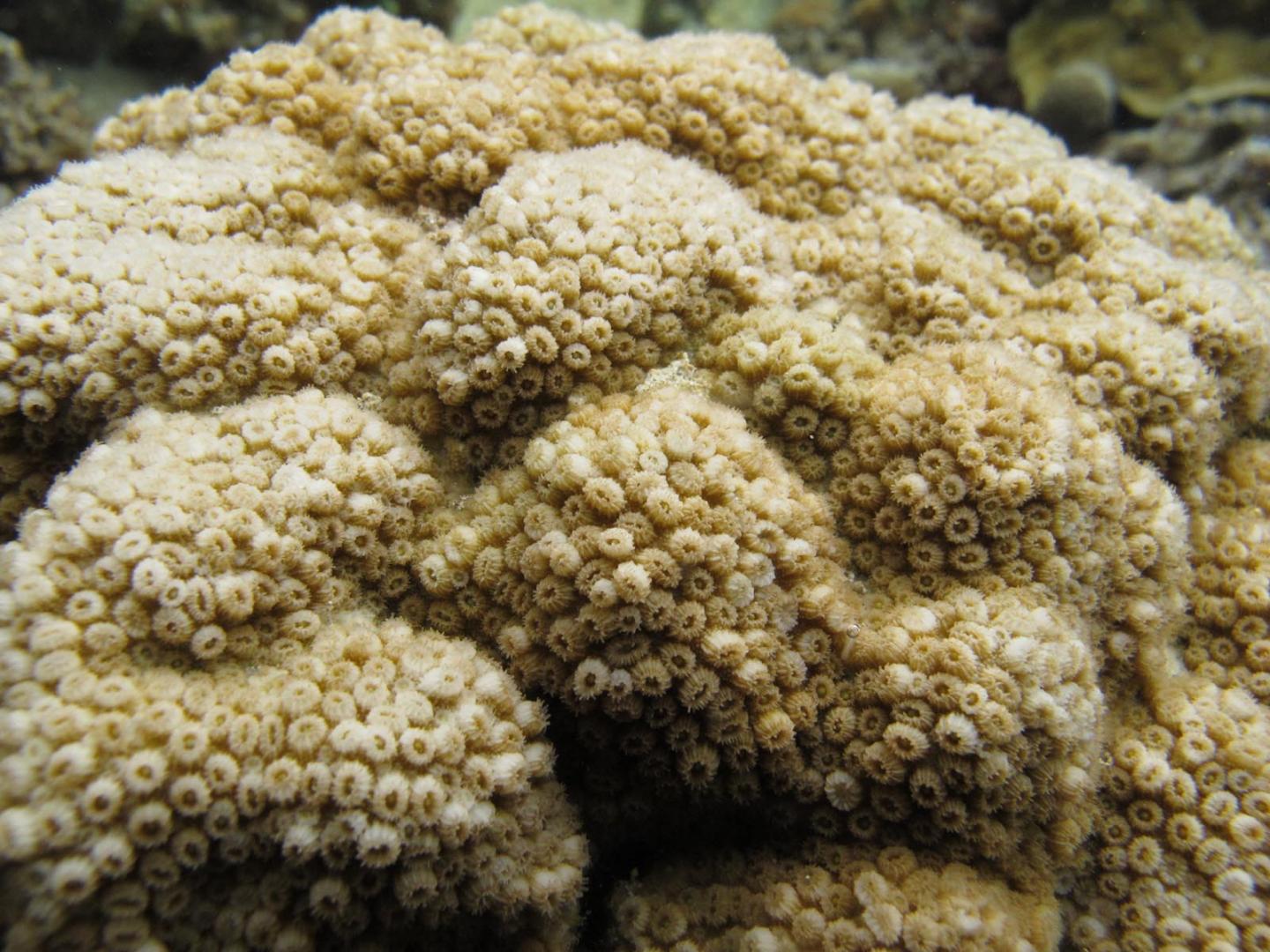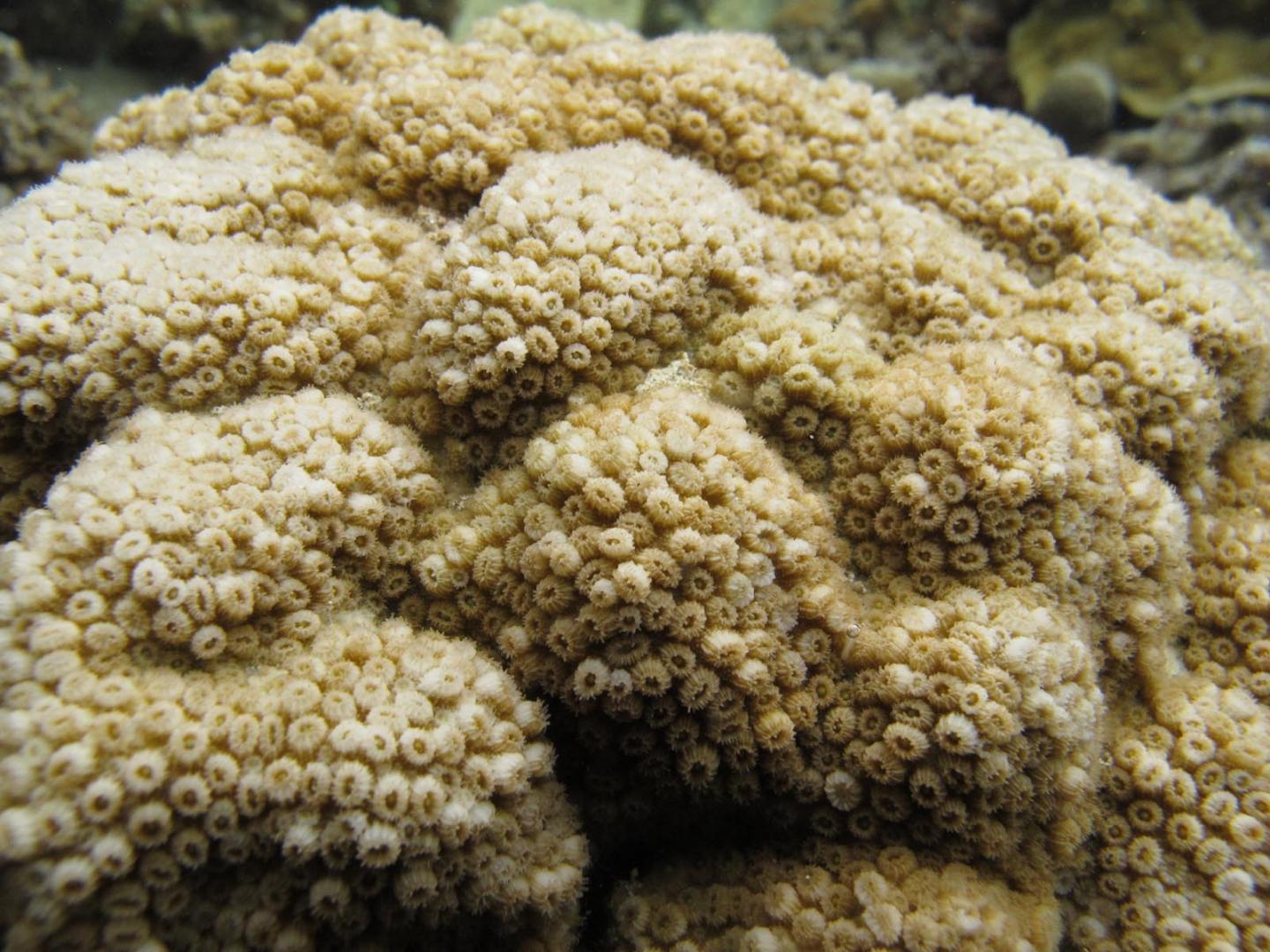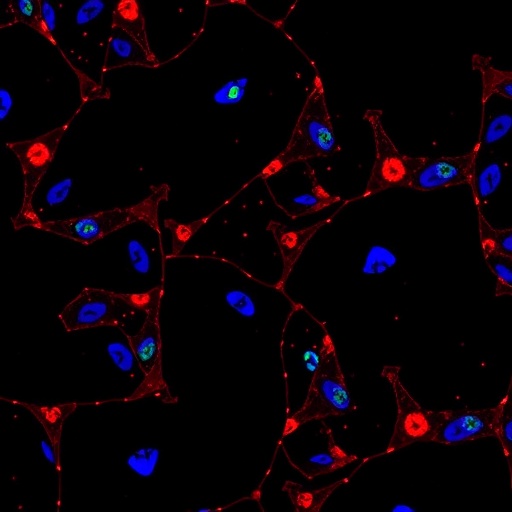
Credit: Prof. Andrew Baird
The discovery of a new species of hard coral, found on Lord Howe Island, suggests that the fauna of this isolated location in the Tasman Sea off south eastern Australia is even more distinct than previously recognised.
In a recent paper in ZooKeys, Prof. Andrew Baird and Dr. Mia Hoogenboom from James Cook University, Townsville Australia and Dr. Danwei Huang from the National University of Singapore, describe the new species Cyphastrea salae.
"The animal itself is quite non-descript from a distance, although it is beautifully symmetrical up close like most corals," says Dr. Hoogenboom. "But we believe this is the first of many new hard coral species to be found in this World Heritage-listed marine protected area."
Lord Howe Island is famous for its many unique plant and animal species, known from nowhere else on Earth, including at least four species of palms, nine reef fish and 47 algae. However, the coral fauna remains largely unexplored, particularly using modern genetic techniques.
While some of the earliest work on coral reef ecology was done on Lord Howe Island, the species lists were compiled using a morphological taxonomy that has since been revised.
"On my very first dive in the lagoon at Lord Howe I knew I was looking at something very special," says Prof. Baird. "Twenty years of diving all over the globe had not prepared me for what I saw. I could hardly put a name on any coral!"
Now, six years later, and largely due to the molecular skills of colleague Dr. Huang, the team is ready to name its first species.
"Interestingly, Cyphastrea salae looks almost exactly like other closely-related corals. However, its gene sequences are distinct and there is no doubt it is a species that is new to science," says Dr. Huang.
The team now have hundreds of specimens to work through, but they are confident that there are more new coral species left to describe.
"The Acropora, in particular, look highly promisingly," says Prof. Baird. "There are at least five species that look unlike anything I have seen anywhere else in my travels".
Lord Howe Island lies over 900 km south of the next major area of coral diversity, the Great Barrier Reef, and therefore the populations on Lord Howe are highly isolated. Such isolation creates the potential for speciation, however, C. salae is the first new local coral species described to date. The discovery of this new species greatly increases the conservation significance of Lord Howe Island and reinforces the need for strong management measures to protect this unique fauna.
###
Original source:
Baird AH, Hoogenboom MO, Huang D (2017) Cyphastrea salae, a new species of hard coral from Lord Howe Island, Australia (Scleractinia, Merulinidae). ZooKeys 662: 49-66. https://doi.org/10.3897/zookeys.662.11454
Additional contact:
Dr. Danwei Huang
Email: [email protected]
Media Contact
Prof. Andrew Baird
[email protected]
61-400-289-770
@Pensoft
http://www.pensoft.net
############
Story Source: Materials provided by Scienmag





